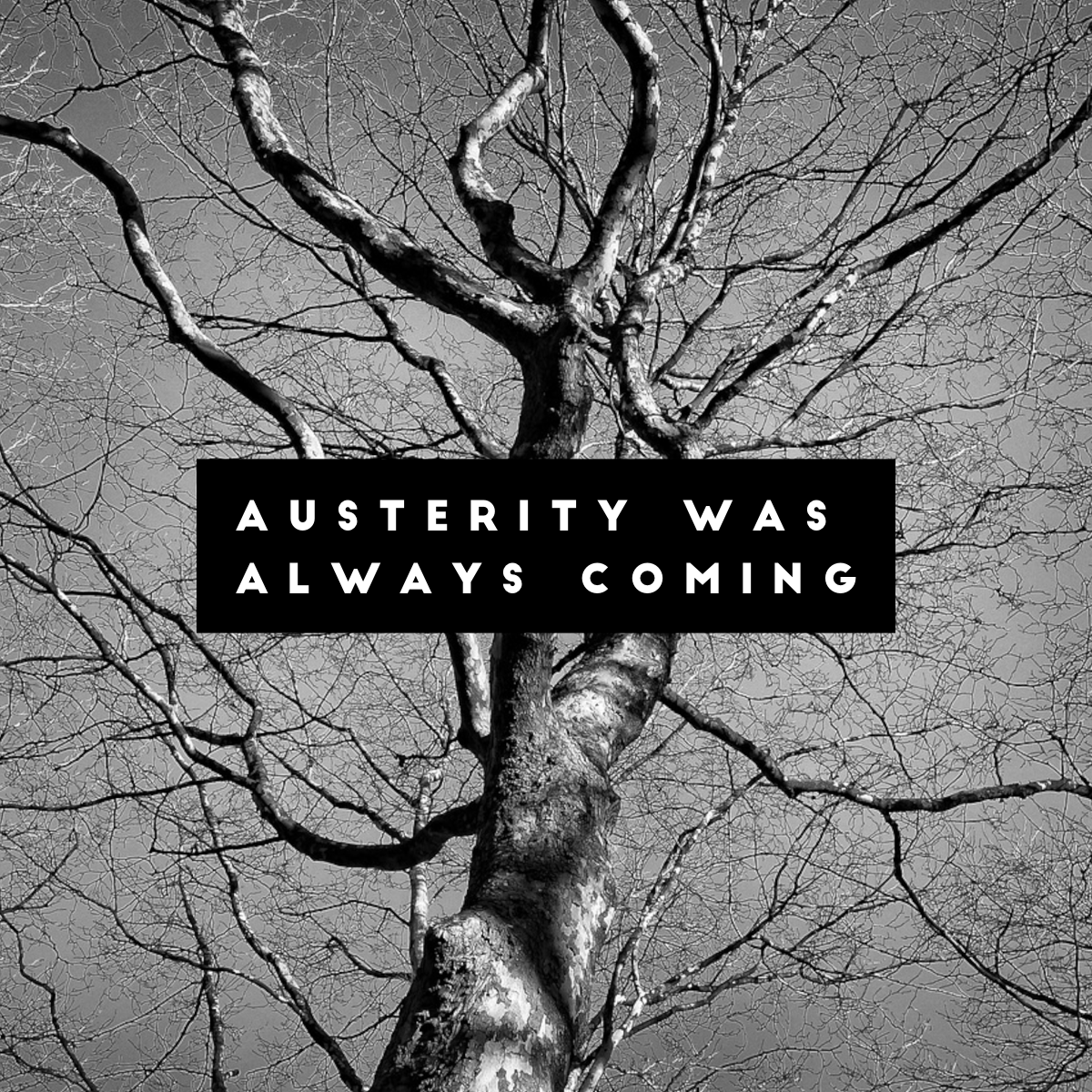Austerity was always coming. The Grey Champion just flipped the switch on the new civic order.
For years, thinkers across disciplines economists, historians, and foresight analysts have warned that a major transition was coming. You could feel it in the culture, the economy, and in the growing tensions between generations. But now, it's no longer theory. The Fourth Turning is accelerating, and austerity isn’t a future scenario. It’s already here.
Just this week, President Trump announced sweeping tariffs: ten percent on all imports, with even higher rates targeting China, Europe, Japan, and foreign-made cars. China immediately hit back with matching tariffs and restrictions on rare earth exports. Markets reacted fast, but this goes deeper than market turbulence. These moves are signals. They mark a break with the global economic order that’s dominated since the end of World War Two.
This is not just an economic policy. It’s a symbolic act. A sign that the old model, global interdependence, open markets, and international consensus, is being replaced. And in that moment, the Grey Champion reemerges.
In Strauss and Howe’s generational theory, the Grey Champion is the elder leader who shows up during a crisis. He doesn’t unify. He confronts. He doesn’t manage consensus. He brings judgment. Trump fits this pattern. Not just because of his age or persona, but because of the function he plays. He forces society to choose a path. He embodies disruption. He represents a break with the past.
His rhetoric draws from mythic memory, appeals to national strength, and thrives on conflict. Whether you support or oppose him is beside the point. His role in this Fourth Turning is archetypal. And his recent economic actions are less about trade deficits and more about power, sovereignty, and identity.
This moment is where several major theories converge.
Ray Dalio shows us the decline of empires when debt, division, and decline intersect. Neil Howe says the Fourth Turning crisis always involves a tearing down before a rebuilding. Harrison and Friesen’s Pendulum model reminds us we’re deep into a collectivist swing, which demands sacrifice and questions authority. Panarchy theory tells us systems that grow too rigid must collapse before they can regenerate. And Peter Turchin’s data on elite overproduction and political fragmentation says we’re not dealing with a glitch. We’re experiencing the outcome of long-term stress on an overloaded structure.
And all of this is happening in real time, across five living generations.
Boomers are exiting leadership but still dominate the cultural story. Gen X is stepping into operational control, managing what remains. Millennials are taking on the reform agenda. They will shape the new civic order. Gen Z is coming of age during institutional failure. And Gen Alpha will grow up in whatever new world is built in the next fifteen years.
For ministry leaders, this is not just an economic issue. It’s a call to prepare for deep structural change. Giving patterns will shift. Localism will increase. Global missions will need new strategies. Short-term trips may collapse under travel costs and regional instability. Donors will want measurable impact. Legacy institutions will need to prove they still matter.
And most importantly, this is a spiritual moment. People are hungry for clarity, stability, and purpose. If ministry leaders are willing to shift from preservation to preparation, they can help their communities not just survive this Fourth Turning, but help shape what comes next.
This is not a recession. It’s a reordering.
The tariffs are just the headlines. The bigger story is that the world is resetting. The Grey Champion has flipped the switch. What we build next will define the next era.
Keep exploring the signals, trends, and drivers shaping the future. Take the next step by engaging your ministry team in a conversation about what this future could mean for your context through Incite Futures Labs from Forbes Strategies. We help leaders anticipate change, navigate complexity, and build their preferred future. Let’s collaborate!

